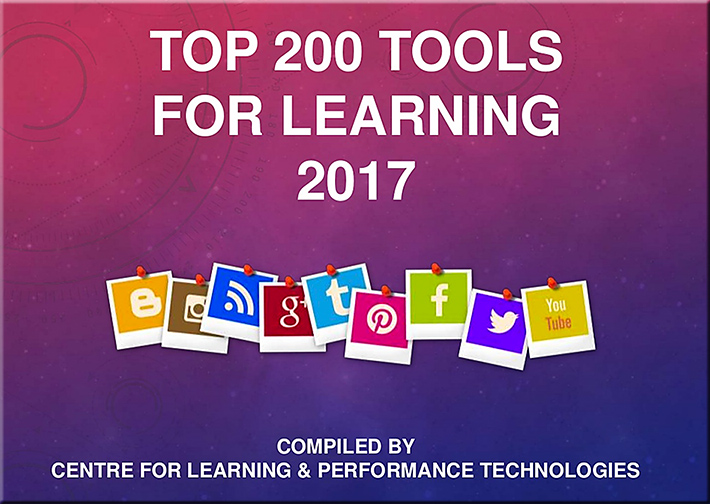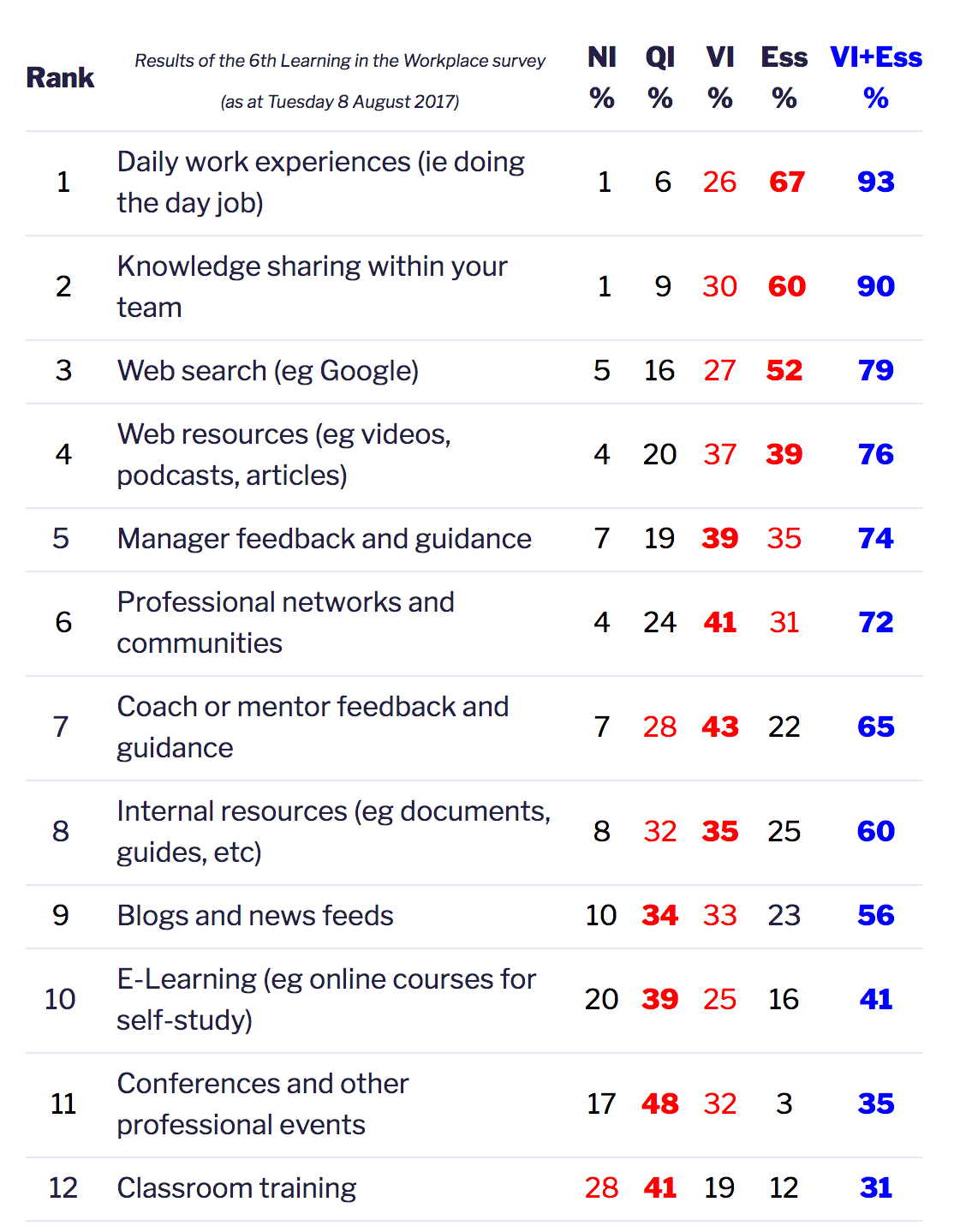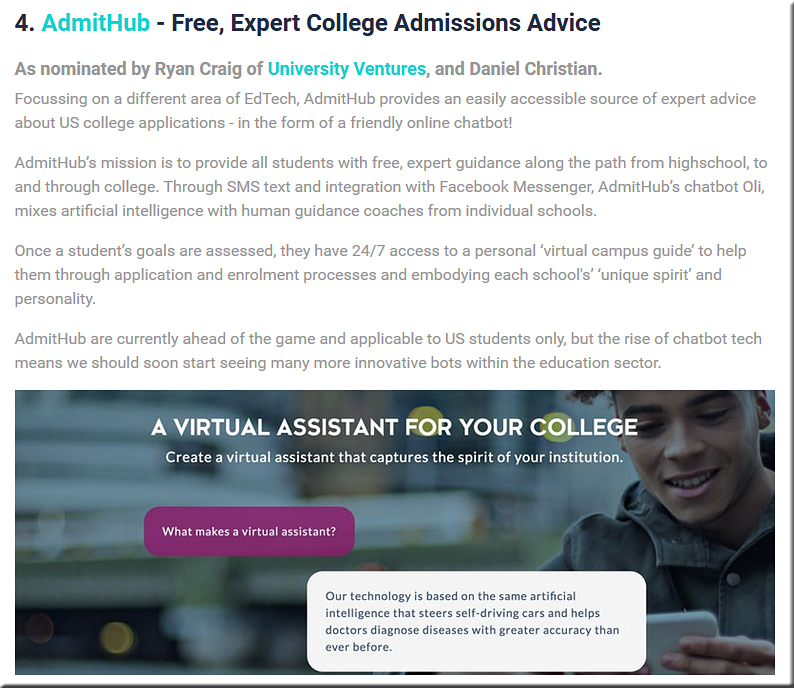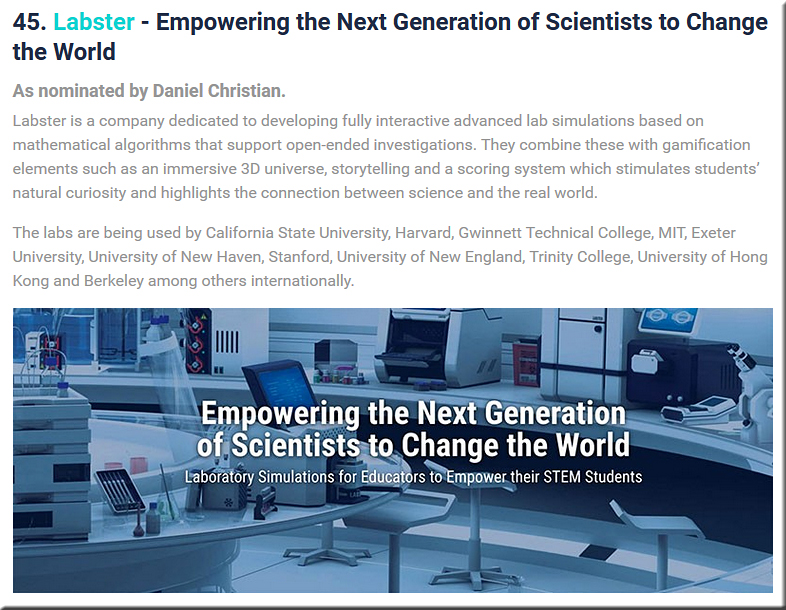Reading for delegates to the World Conference on Online Learning (taking place from 10/16/17 through 10/19/17 in Toronto, Canada)
Readings include:
- QUANTUM LEAPS YOU CAN EXPECT IN TEACHING AND LEARNING IN THE DIGITAL AGE – A ROADMAP AND MAJOR DEVELOPMENTS
- EDU@2035 BIG SHIFTS ARE COMING! LOOKING BACK FROM 2035
Excerpt:
It’s hard for us to imagine a future that is not like the present. When looking at familiar terrain in the rear-view mirror, we must remind ourselves that – less than 50 years ago – two of the world’s biggest companies (Wal-Mart, Apple) had not yet incorporated or that 3 of the 5 largest companies in the world today are Chinese. Google is just preparing for its 20th anniversary, while global giants like Alibaba, Facebook and TenCent are not yet 15 years old! Worldwide, investors are pouring more than USD 3 Billion every year into educational technologies. How might innovations that flow from this investment change post-secondary education?
In 2035, will students choose among term-length and micro-courses from the Alibaba, Apple, Coursera, Sony, or YouTube catalogs? Will their instructors be at academies anywhere in the world, or might they be freelancers? Or chatbots? Will students wear prosthetic implants making it unnecessary to learn new languages? Will bionic devices give them augmented senses? Will we learn on campuses? In holodecks? At home? Using environmental scans, scenarios, probabilities and themes to fuel our imaginations, let’s envision what “automizing and digitizing” analysis, optimization, prophecy and customization might mean in and for post-secondary education’s mission!
From the rear-view mirror of 2035, our landscape might look as follows…
. - MAJOR DEVELOPMENTS, CHALLENGES, OPPORTUNITIES IN ONLINE AND DISTANCE EDUCATION
- LES LEARNING ANALYTICS : MODE OU OPPORTUNITÉ?
- STUDENT SUPPORT SERVICES FOR ONLINE LEARNING RE-IMAGINED AND RE-INVIGORATED: THEN, NOW AND WHAT’S TO COME
LESSONS LEARNED FROM THE CALIFORNIA COMMUNITY COLLEGE SYSTEM (CCC), THE LARGEST SYSTEM OF HIGHER EDUCATION IN THE U.S.A. - 26 BREAKTHROUGH INNOVATIONS AT THE WORLD’S OPEN UNIVERSITIES YOU CAN ADOPT, ADAPT, AND APPLY TO YOUR OWN INSTITUTIONS
A SEPTEMBER 2017 SNAPSHOT - ON THE CUSP OF CHANGE IN APPROACHES TO TEACHING AND LEARNING
PERSPECTIVES OF PRESIDENTS OF ONTARIO’S COLLEGE ON THE FUTURE OF ONLINE LEARNING
A SNAPSHOT OF ACCOMPLISHMENTS, PLANS AND ASPIRATIONS - ON THE CUSP OF CHANGE IN APPROACHES TO TEACHING AND LEARNING
PERSPECTIVES OF PRESIDENTS OF ONTARIO’S UNIVERSITIES ON THE FUTURE OF ONLINE LEARNING
A SNAPSHOT OF ACCOMPLISHMENTS, PLANS AND ASPIRATIONS
Also see:
- Emerging Tech Boosts Online Education Growth Over Next 4 Years — from edtechmagazine.com by Meghan Bogardus Cortez
A study finds that mobile devices, virtual reality and blending learning programs will spark innovation.
Excerpt:
With millions of students enrolling in at least one online course, it should be no surprise that a recent Technavio study found that the online education market is forecasted to grow at a compound annual growth rate of 20 percent until 2021. As enrollment and investment in online education increases, the report claims that the industry owes a lot of this growth to mobile devices and increased desire for blended learning opportunities.

















